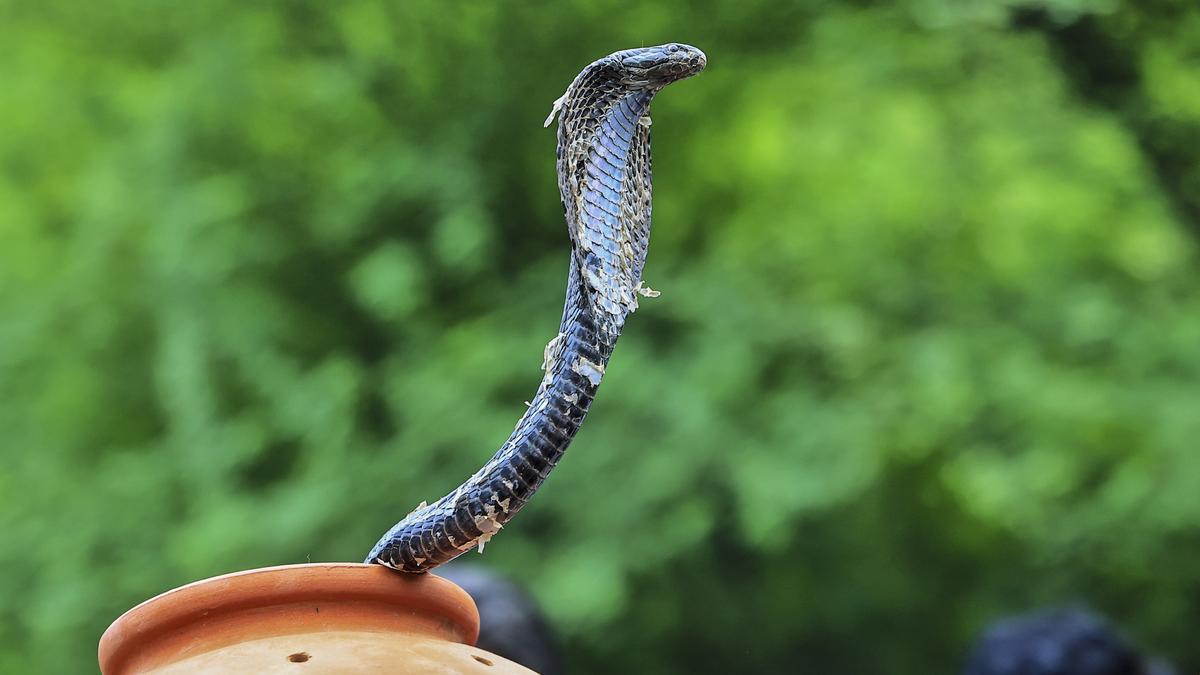Now Reading: Kerala Delays Action on Snakebite Surveillance Despite Central Directive
-
01
Kerala Delays Action on Snakebite Surveillance Despite Central Directive
Kerala Delays Action on Snakebite Surveillance Despite Central Directive

Speedy summary
- Directive Issued: In November 2024, the Center under the National Action Plan for Prevention and Control of Snakebite Envenoming by 2030 (NAPSE) directed all States to classify snakebite envenomation as a notifiable disease.
- Kerala’s Delay: Kerala has yet to implement this classification, which experts warn may hinder efforts to eliminate snakebite fatalities within five years.
- Other States Acted: Tamil Nadu, Karnataka, and Odisha have complied with the directive.
- Proposal Pending Approval: A proposal under Kerala’s Public Health Act was submitted months ago but is awaiting clearance from the Law department.
- Consequences of Delay:
– Absence of robust data impairs identification of snakebite hotspots and adequate distribution of anti-snake venom (ASV).
– Current mapping methods using fatality locations are inadequate.
– Seasonal trends require data for strategic ASV supply during peak periods (September-December).
- Current Statistics in Kerala:
– Records around 30 snakebite deaths annually.
– Estimated annual envenomation cases range between 3,000-4,000.- Presence of all four major venomous snakes-Indian cobra, Russell’s viper, common krait, indian saw-scaled viper-contributes significantly to casualties.
SARPA app Utility:
- Launched in August 2020; logged over 58,000 snake sightings/rescues since inception.
- Death rates reduced from an annual high of 123 deaths in 2018-19 to 34 deaths currently (2024-25). Still requires integration with State reporting systems for greater efficacy.
Indian Opinion Analysis
The delay by Kerala in designating snakebite envenomation as a notifiable disease risks stagnating progress toward reducing fatalities-a goal underscored by NAPSE’s action plan. reliable data from mandatory reporting mechanisms is critical for optimizing resource allocation like ASV distribution and hotspot identification. Without it, initiatives such as the SARPA app remain limited in scope despite evident strides in mitigating deaths.
While other states have adhered promptly to directives laid out by the Centre under NAPSE guidelines, bureaucratic hurdles within Kerala may undermine readiness against seasonal spikes or variations associated with envenomation patterns. Addressing these administrative bottlenecks is essential if Kerala seeks alignment with national objectives aimed at curbing wildlife-associated human casualty rates effectively-a key public health priority given its substantial burden from venomous snakes.
For further context:
Read more on The Hindu






















